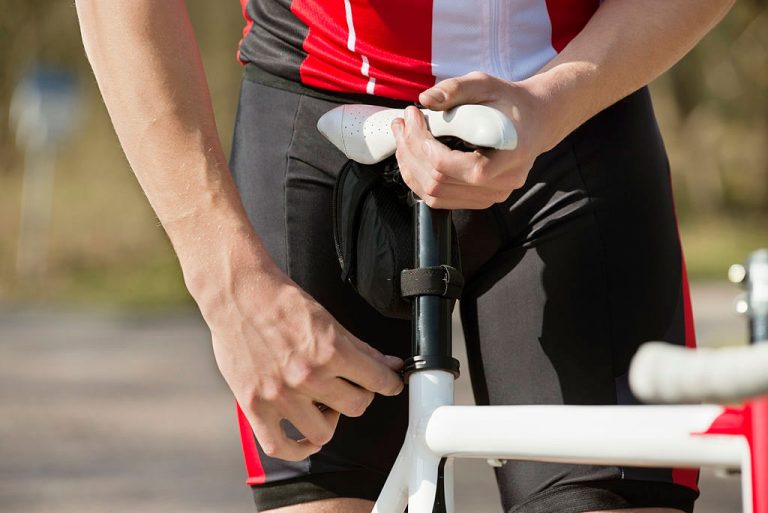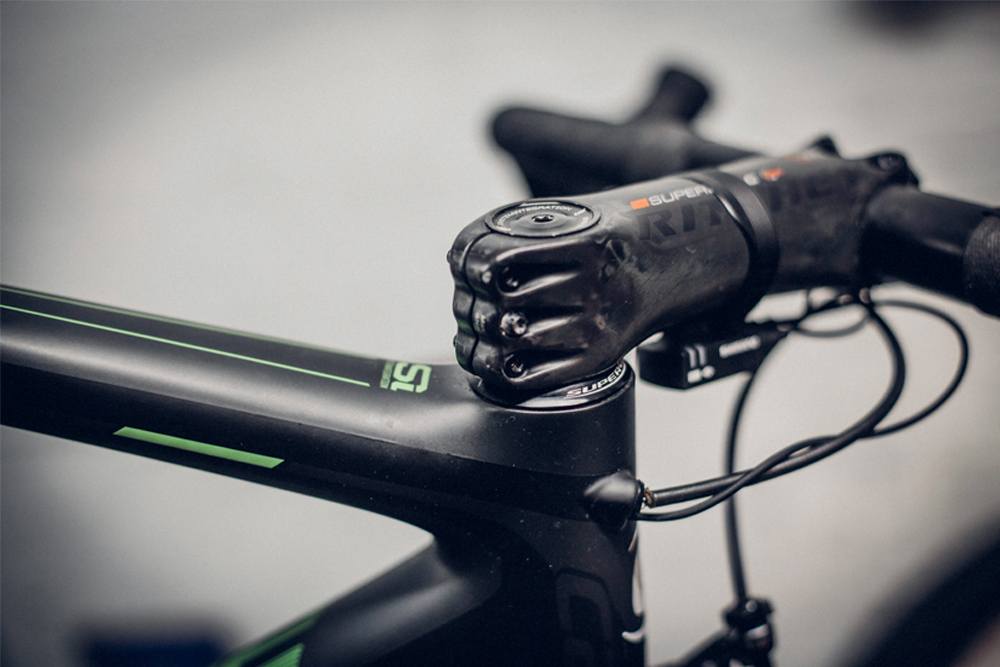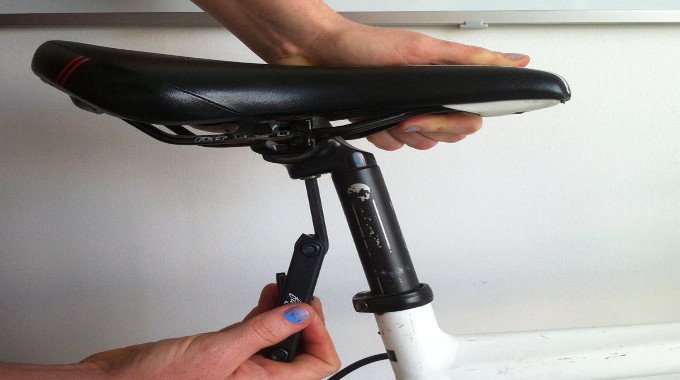What? A comfy bicycle seat? The last thing you can expect in a bike is a fat, padded seat with springs. Bike seat designs are vast and are based on the sort of rider and bike. Posturally, a racer leans forward and needs a very little surface to sit while a beach cruiser rider would be more upright and gains from both a wider surface usually contributed by springs. So, if you want a little kindness on your rear, as one wise guy suggests putting the padding inside your cycling shorts. All is not lost. We will take you through how to make a bike seat more comfortable.
Why Are Bike Seats So Hard?
My bike seat hurts. Yes, but unfortunately, it is a necessity that a seat is hard because of the task of pumping your legs and wanting a stable platform without bounce. A comfort bike comes with a moderately soft seat usually but most of the seats are so hard. Think of a bike seat as a horse saddle; both appear hard till you use one and learn how to sit in it properly.
The spot where you sit on a bike seat is only a relatively small flat surface to get the job done. Most riders will evolve and figure out how to adjust the saddle so that sitting is confined only to this flat surface. Raising the nose of the saddle will find this sweet spot.
If this area was padded, moving around without lifting one’s rear is difficult.
A hard seat that is fitted properly supports your sit bones (Ischial Tuberosities, IT) correctly and comfortably than a big ol’ heavily padded and cushioned seat with springs.
Soft saddles pressurize the soft tissues and cause considerable pain. A hard saddle keeps the pressure on your sit bones where it should be.
How to Make a Bike Seat More Comfortable?
1. Get Your Reach Right
The key here is the horizontal distance between the bottom bracket and the handlebar. Assuming that your bike is the right size for your height, some of us have a short torso or are not so flexible and would need to stretch out to reach the bar. A host of physical problems awaits in such cases ranging from lumbar ache, sore neck, and shoulders, and also saddle sores.
It would appear that sliding the seat forward would help but that will alter your pedaling action and cause problems in other areas. A shorter stem is the best option. So always test drive your bike before buying one.
2. Check The Handlebar Height
Just as important as reach is how high is the handlebar in relation to the saddle.
The handlebar should be at the same height or slightly higher than the saddle.
Hunching over too much puts a lot of strain on the wrists, hands, back especially the lumbar, neck and hamstrings.
Unless you are race biking, you can adjust the handlebar by moving the stem up or down the steerer tube. Or you can use spacers. A cm or two makes a sea of difference.
3. Go for The Right Saddle
Depending on your cycling activities, the available options for saddles are plenty; mountain bike, road bike, leisure, etc. Getting the right saddle takes into account the posture you will be adopting when riding these different types of bikes and give you a comfortable experience not to speak of ergonomic design and avoiding sports injuries.
4. Fine-Tune Your Saddle Height
Okay, getting the right saddle is sorted. The next thing is to rejig your seat.
There are three parameters that may need tweaking; height, fore-aft position, and tilt. It’s important to achieve the right height since exposure to the wrong saddle for a long time comes with potential health effects.
A higher or lower seat will cause rocking of the hips while pedaling with a high probability of chafing and rubbing putting paid to comfort. A high saddle will cause IT syndrome which is the culprit for 15% of knee pain cases in cyclists.
A nice tip on the right height is to stand adjacent to the seat. Place your hand on the hip bone. That is a good height for your saddle. Another method is to subtract 10cm from your inside leg measurement and then apply this figure from the top of the bottom bracket. This is the correct saddle height.
5. Check Your Saddle Angle
The correct tilt angle plays a great supporting role in easing out those aches, especially on longer rides. More so if you are in training for a race where a combative, low stretch is assumed. Pain and numbness on your bottom will result.
To ease up on this, try lowering the seat tilt a couple of degrees. The upshot will be your arms need to take up the slack as less weight is put on the saddle.
Tilting down too much and the tendency to slide forward appears and you have to push yourself back.
From the level position, keep experimenting to hit the sweet spot.
6. Take-Up The Whole Seat
It is of vital importance that the whole seat is occupied.
Commonly, riders sit far forward on the saddle, their rear on the less fuller area of the seat.
Credits to Harvard Health Publishing, sitting on the seat’s nose exerts a pressure on the perineum, crucial nerves get compressed, blood flow restriction up to 66% is caused. Uneasiness and pain is the result.
Therefore, when saddling up, give due consideration to take up the whole seat.
7. Avoid Wide Seats
Generally speaking, a narrow seat is more comfortable than a wider one. They just don’t look it. Wider saddles cause chaffing while pedaling causing soreness.
The width of the saddle is determined by that of your sit bones and has little to do with the width of your rear.
Dealers can measure out the width of your sit bones and recommend the right size.
8. Use Thin Padding
A person is likely to reason that a bike seat cushion with thick padding will increase bottom comfort. On the contrary, thicker padding increases the pressure on your sit bones.
There are many types of bicycle seats, but seats with thin padding are the most comfortable. So, go in for thin padding. It is more robust and will raise your comfort level dramatically.
Drawing It Up
There didn’t we tell you. That made a lot of difference and now you know how to make a bike seat more comfortable. The above discussion is valid both for a male or a female although women saddles are wider and smaller. Biking is a hard sport and a little discomfort should not hamper your enthusiasm. After all, you are a toughie. So chin up, follow the guidance above and best of luck with the Tour De France.









